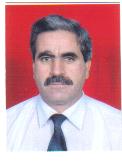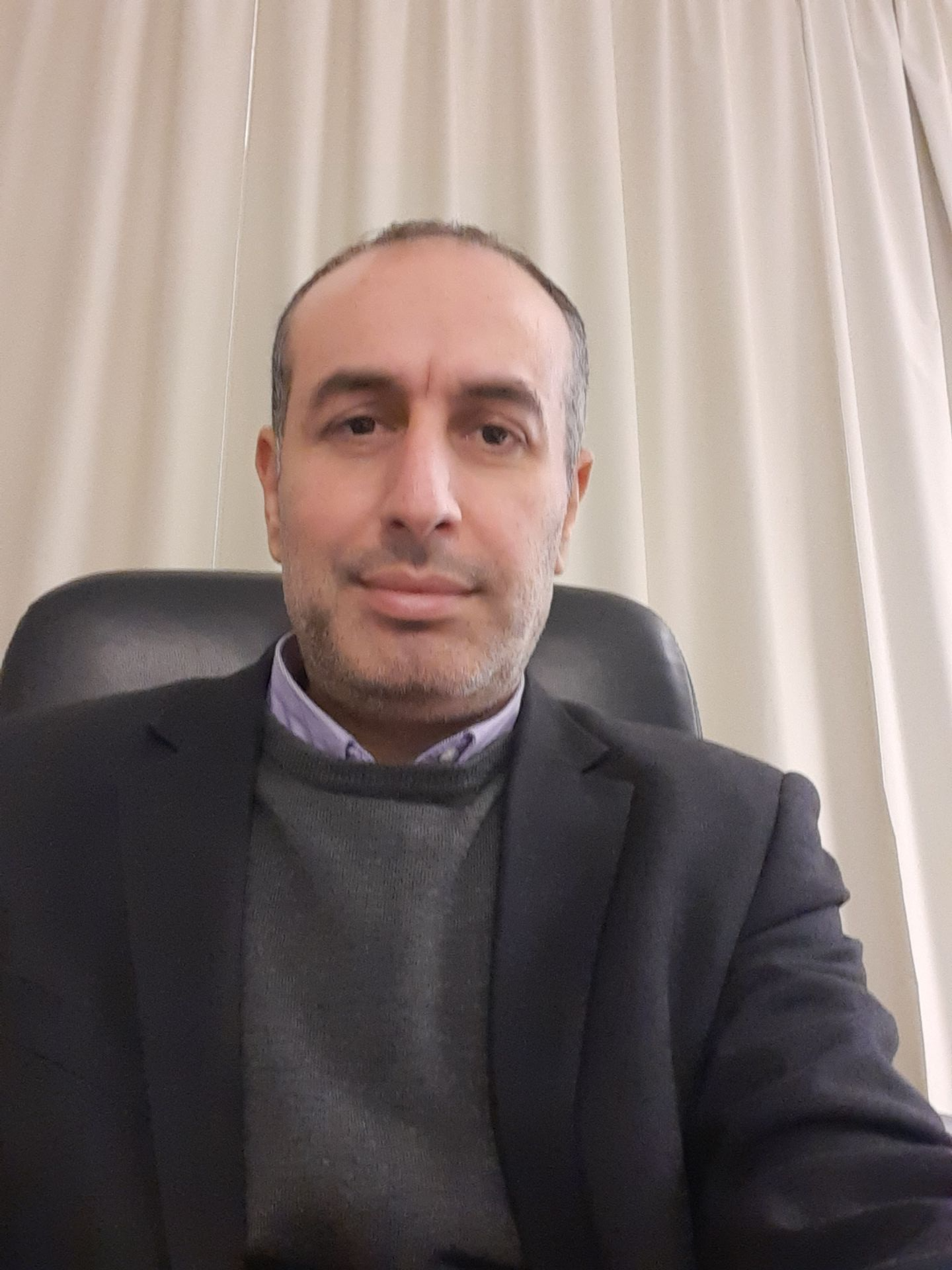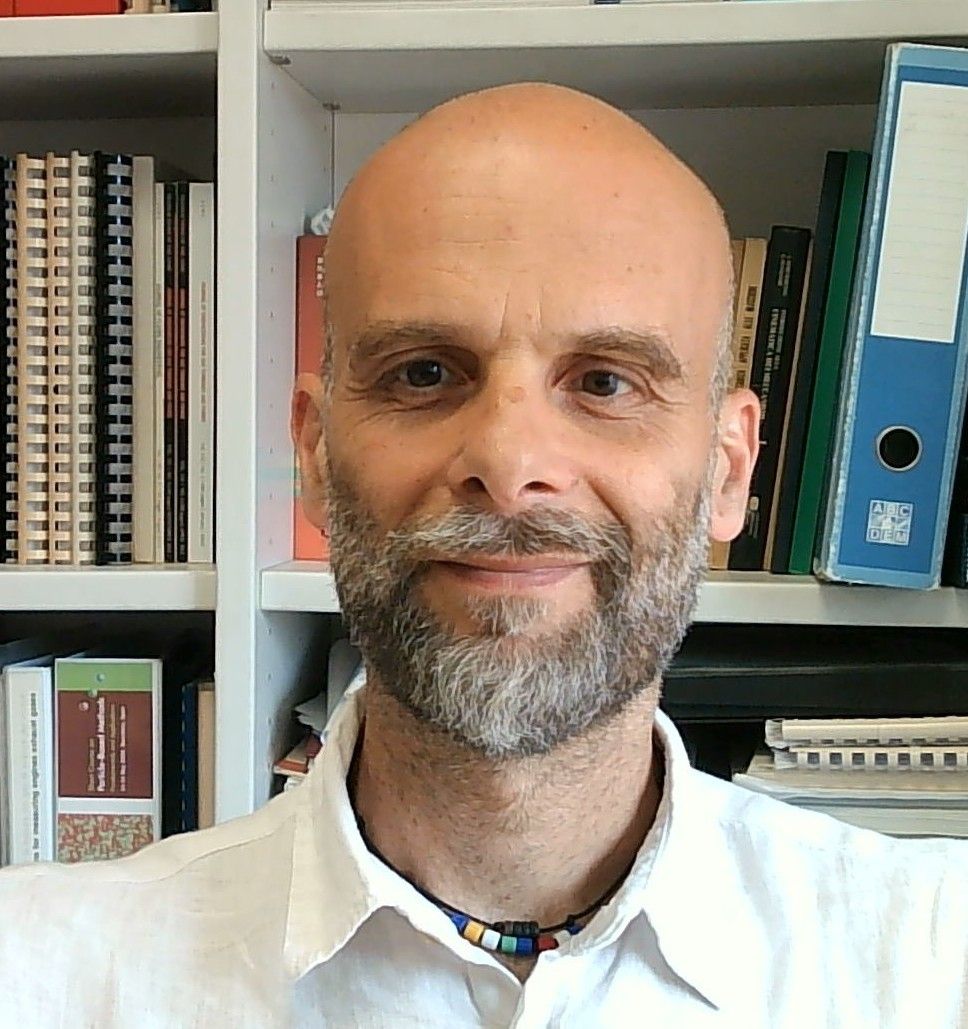Background:
Emission levels from distributed diesel generators in
Lebanese urban areas are far beyond acceptable limits, impairing the wellbeing
of residents and increasing the risk of disease. The only applied standards come
from executive decrees which relate to ambient air‑quality
limits and the National Standards for Environmental Quality (NSEQ)[1].
For example, MoE Decision 52/1 (1996, amended 2001) establishes national air
quality standards, and Decision 8/1 (2001) defines general Emission Limit Values (ELVs) for
large point sources (power plants, factories)[2].
These refer to ambient caps on molecules such as NOx, CO, SOx,
and particulate matter but do not explicitly cover neighbourhood backup
generators.There is yet no codified and enforced Lebanese standard on
stack emissions for distributed diesel generators, rendering the issues of air
quality and disease inducing pollutants out of control. The ministry of
environment requires an environmental impact assessment for new or expanding
diesel generator projects and Libnor's NL-484:2016 details the required
characteristics of diesel oil used in the local market[3]—
however, these efforts have proven to be insignificant when controlling for
diesel generator-based emissions, especially in densely populated urban areas. After
the compounded crises that the country underwent starting 2019, one researcher
estimates that the level of toxic emissions from generators may have quadrupled[4].
In the absence of numeric stack limits, Lebanon has relied
on recent directives and local orders to control generator emissions. Most
notably:
- MoE
Circular 4/1 (not publicly posted but reported in the press) imposes
environmental requirements on all private generators. It mandates
pollution-control devices (catalytic converters and particulate filters)
and requires compliance with prescribed “limit values” for exhaust pollutants
(e.g. CO, NOx, PM)[5]. The text refers to
adhering to these “emission limit values”. In effect, operators must meet
these concentration limits, though the law itself does not list them.
- Local
orders (Beirut): Governors have issued enforcement notices for generators.
For example, in Nov. 2024 the Governor of Beirut ordered all
commercial and residential generators to install the required filters and
meet the MoE standards by 31 Dec 2024. Owners were warned that
noncompliance (e.g. failing to fit a filter or meet height/limit
requirements) could lead to the generator being shut down[6].
Importantly, these generator rules came via administrative
circulars and local directives, not through a new environmental law. No cabinet
decree or Libnor standard was published to enshrine specific numeric limits for
genset emissions. Enforcement so far is through the existing environmental
compliance system (permits and compliance certificates, which mainly target
large plants) and through municipal/public safety orders. In practice,
compliance has been irregular.
This problematic dynamic between economic, environmental and
energy crises place the challenge of controlling diesel based emissions at the centre
of academic, policy making and industrial manufacturing efforts.
Problem statement:
The application and enforcement of an environmental law to
limit harmful emissions from diesel generators has several complexities. In
addition to a challenging local context, electricity rationing by the local
utility company reaching over 20 hours per day, and a problematic political
economy (diesel generator “mafias”), the cost of energy in Lebanon is one of the
highest within the region (utility tariffs reaching 0.27 USD per kWh and diesel
generator tariffs starting at approximately 0.35 USD per kWh). Within a
suffocating economy striving for reforms, and given the added costs associated
with installing catalytic converters or filtration systems that could reach up
to 50% of the cost of a diesel generator system[7],
enforcing new environmental standards on diesel-based emissions might result in
an uncontrolled increase in electricity tariffs that further burden the end
consumer.
The challenge:
With the central aim of decreasing the costs of installing catalytic converters, is it possible under an academia-industry-sponsor collaboration to innovate, design, and manufacture catalytic converters locally in Lebanon?
A catalytic converter is an advanced emission control device installed in the exhaust system of diesel engines. It functions by facilitating chemical reactions that convert harmful pollutants—primarily carbon monoxide (CO) and unburned hydrocarbons (HC)—into less harmful compounds such as carbon dioxide (CO₂) and water vapour (H₂O), thereby significantly reducing toxic emissions and aiding compliance with environmental regulations. The core of the catalytic converter consists of a ceramic or metallic substrate, which provides a high surface area. This substrate is coated with a thin layer of precious metals—typically platinum, palladium, and rhodium—that serve as catalysts to accelerate oxidation reactions without being consumed in the process.
The challenge is multi-faceted and relates to enhanced material and chemical engineering, design innovation and increased manufacturing efficiency for various components which includes the casing, and material sourcing, reuse and alternative precious metal configurations that account for environmental concerns and available local capacities.











